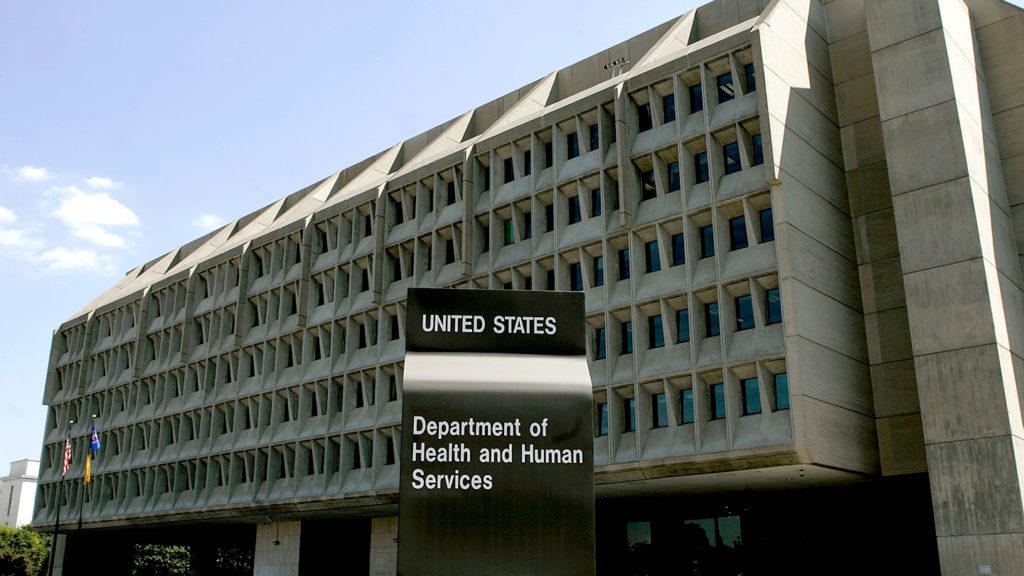
McGruff the Crime Dog famously encourages children to “Take a bite out of crime.” For their grandparents and their caregivers, the key may be to take a byte (or many) out of cybercrime.
As cybersecurity continues to be a costly issue for senior living and care providers, the US Department of Health and Human Services released several new tools Wednesday to help organizations implement better cybersecurity practices.
HHS created a new website for advising on cybersecurity in healthcare and also released an online tool for healthcare-specific cybersecurity performance goals.
The long-term care sector continues to be plagued by data leaks and cybersecurity breaches. Nursing homes and senior living communities, in particular, are popular targets for cyber criminals, experts warn.
Even though organizations, and older adults themselves, are becoming more savvy about being targeted by scammers, artificial intelligence has enabled more sophisticated threats to emerge. In addition, residents often have little control over how their personal information is protected on electronic health records systems or remote monitoring platforms.
“We have a responsibility to help our healthcare system weather cyber threats, adapt to the evolving threat landscape and build a more resilient sector,” HHS Deputy Secretary Andrea Palm stated. “The release of these cybersecurity performance goals is a step forward for the sector as we look to propose new enforceable cybersecurity standards across HHS policies and programs.”
The new tools are an extension of HHS’ work from last spring, when it released informational resources for cybersecurity in healthcare. HHS has also tried to stay on top of potential new threats, such as the “Citrix bleed” that was identified in October.
Many senior living and care providers are aware of the need to bolster cybersecurity measures, which along with remote resident/patient monitoring, were labeled the top two tech priorities for organizations going into 2024 by a recent survey.


